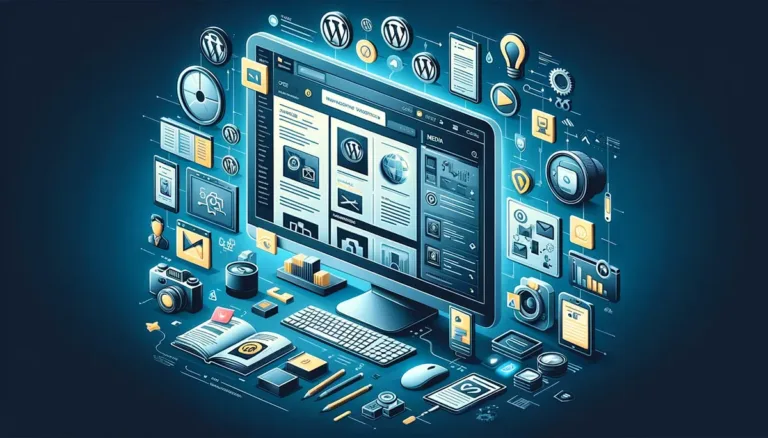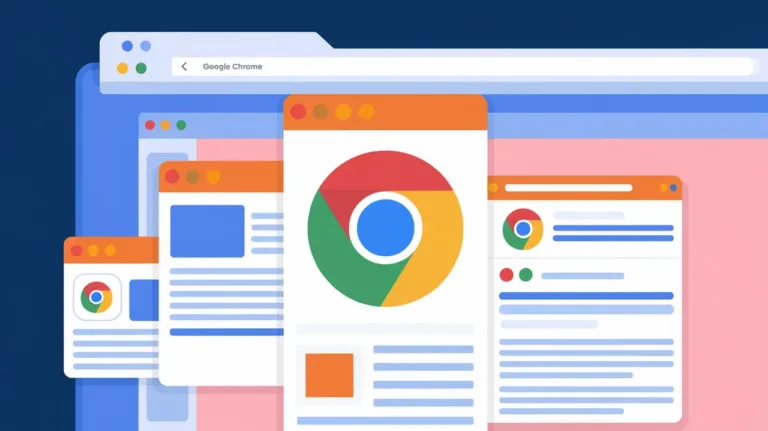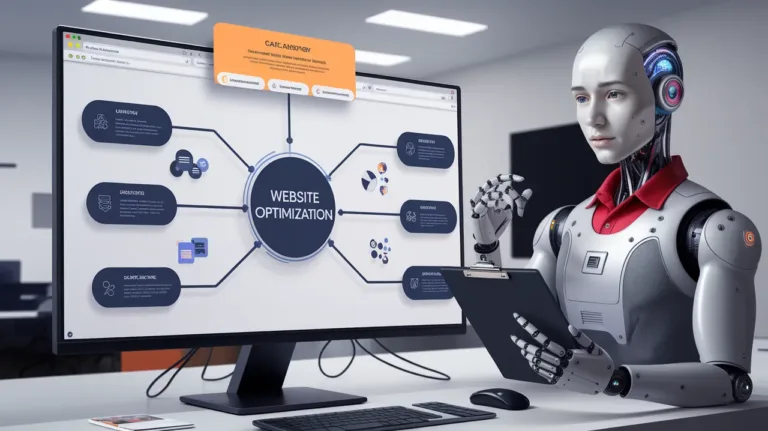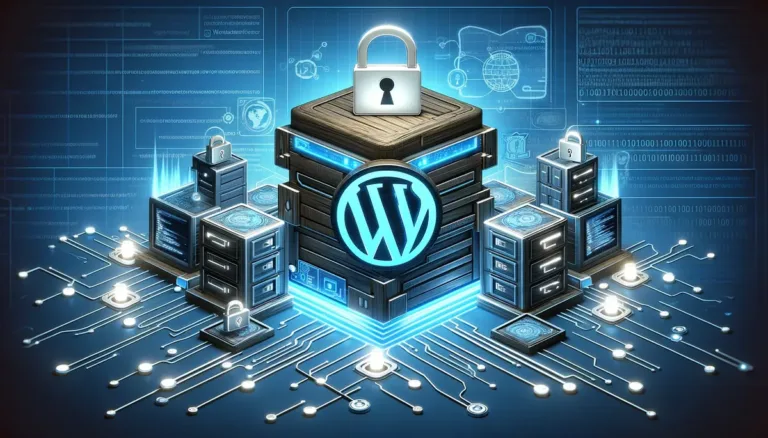7 Solutions: WordPress Featured Image Not Showing
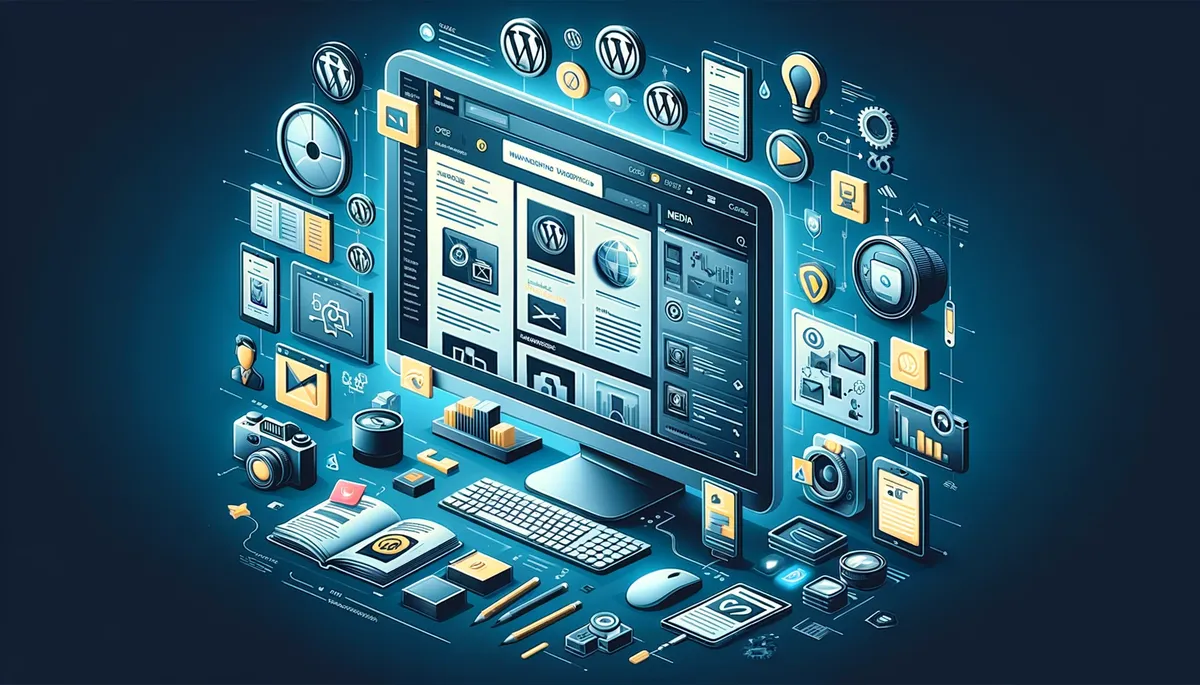
7 Solutions: WordPress Featured Image Not Showing – A featured picture in WordPress appears as a thumbnail for your WordPress post or page. Its objective is to capture attention and provide a preview of the content.
Also read: Blog Name Ideas: The Complete Guide to Choosing an Effective Blog Name
Having a featured image represent your content adds visual attention to your WordPress website, which helps with search engine optimization.
7 Solutions: WordPress Featured Image Not Showing
A featured image should not be confused with the first image in your blog article. A featured picture is often seen on your blog post list or archive page, as well as when you share your WordPress article on social media.
Also read: How To Start A Blog: A Complete Beginner’s Guide (2025)
This post will look at how to fix a WordPress featured picture that isn’t appearing properly. We’ll go over seven fixes for this problem, as well as how to make it appear automatically on WordPress posts.
Why isn’t my featured image appearing in WordPress?
Some of the most typical reasons why your featured image does not appear in WordPress are as follows:
- An HTTP error caused by the WordPress memory limit.
- WordPress theme or plugin conflicts.
- A lazy loading plugin is preventing the featured image from being displayed.
- Your active theme doesn’t support the featured image functionality.
- The permissions to view featured images are blocked.
- The featured image function is disabled in your dashboard settings.
- Incorrect placement within the page template.
Browser developer tools can detect the source of an issue in some situations, especially if it’s a JavaScript error or a plugin conflict. If you’re using Chrome, we recommend reading our article on analyzing elements using the browser’s developer tools.
7 Solutions to Fix WordPress Featured Image Not Showing
There are several ways to resolve a WordPress featured picture not showing depending on the reason of the mistake. We offer the following seven methods; discover which one works best for your WordPress website.
1. Resolve the HTTP Error Message When Uploading a Featured Image
There are two possible reasons for an HTTP error when uploading featured photos to WordPress.
To begin, you may have exceeded the PHP memory limit, prohibiting your WordPress site from running the scripts required to display featured photos. Because the default memory limit is only 32MB, raising it may help to address the problem.
Also read: 20 Blogging Ideas For Beginners In 2025
The featured photographs may have exceeded the maximum upload limit, which is the second scenario. This figure is typically established by your hosting provider, so it may vary. It’s possible that you’re unable to upload images since it hasn’t yet been set to the maximum upload size.
Increase WordPress Memory Limit
This method necessitates editing your .htaccess or wp-config.php files. Both can be accessed using an FTP client or a File Manager.
If you decide to change the .htaccess file, include the following code at the bottom:
php_value memory_limit 256M
Otherwise, look in your root directory for the wp-config.php file. Change the value of WP_MEMORY_LIMIT to 256M on the line that contains it. Insert the following code above if the line does not exist. /* That’s all, stop editing! Happy publishing. */ or /* That’s all, stop editing! Happy blogging. */:
define ( ‘WP_MEMORY_LIMIT’, ‘256M’ );
Users of Hostinger can alter the PHP memory limit via hPanel. Here’s how to go about it:
- Navigate to Advanced -> PHP Configuration from your hPanel dashboard.
- Open the PHP options tab.
- Scroll down until you see the memoryLimit setting. Click on the dropdown menu and choose the highest value.
- Click Save.
Modify the PHP Maximum Upload Size
To change the PHP maximum upload size, add the following code snippet to the bottom of your .htaccess file:
2. Fix any plugins or themes that are interfering with the featured image
The featured image settings in most WordPress themes vary. Some WordPress themes require manual configuration by the website administrator, while others display your featured photos automatically. We recommend that you examine your WordPress theme settings or contact the theme’s support team for assistance.
When it comes to plugins, the most typical cause of a plugin conflict is obsolete code. Plugins having access to your media library may potentially prevent featured photos from being shown properly.
First, try updating all of your plugins. If this addresses the problem, an outdated plugin is most likely to blame. Otherwise, deactivate and reactivate each plugin one by one.
Check to see if the problem persists after each reactivation. If there are any defective plugins on your WordPress site, remove them.
If your featured photos are still not showing up properly, we recommend using the Health Check plugin. This free plugin detects common configuration mistakes and known difficulties within themes and plugins and troubleshoots them to create a clean WordPress session.
3. Disable Lazy Loading
Lazy loading is a function that aids in the improvement of website performance, the enhancement of the mobile experience, and the optimization of the largest contentful paint score. However, some plugins with this feature treat featured photos the same as any other image on your site, preventing them from being displayed.
The first step in resolving this issue is to determine whether your WordPress site has plugins with lazy loading capabilities. Pay special attention to direct lazy loading plugins, image optimization tools, and website optimization plugins, as they all include this feature.
Clear the cache after disabling the lazy loading functionality in these plugins to determine if the featured image issue is resolved.
If you need to preserve this functionality, we recommend deactivating lazy loading for your articles’ first image. Some plugins allow you to exclude specific photographs from this feature, allowing you to use their other capabilities without harming your featured images. For assistance, consult the plugin’s documentation or contact its support team.
4. Configure the WordPress Dashboard Settings
Incorrect WordPress dashboard settings might cause featured pictures to disappear from your post and page lists, as well as from the WordPress editor. The good news is that both problems are easily remedied.
Go to your WordPress dashboard and select Screen Options. To display a featured picture column in your post and page lists, check the Featured image option.
In your text editor, the Featured image tab should now be visible. Select the relevant image from the media library by clicking the Set featured image button.
If you don’t see the Featured image option in the Screen Options menu, your current theme may not support the featured image capability. It’s recommended to contact your theme’s creator for assistance, or follow Step 7 below to manually resolve this issue.
5. Allow Featured Image for Viewing
WordPress comes with six default user roles for managing users’ access and activity on the website. You may not have the necessary user role to see or upload featured photographs, which is causing the problem.
There are numerous user role plugins that allow you to modify the functionality of default user roles. Using the User Role Editor plugin, follow these steps to grant featured image viewing and uploading capabilities to a certain user role:
- Install and activate the plugin.
- Go to Users -> User Role Editor from your WordPress dashboard.
- Pick the user role you want to modify from the dropdown menu. For this tutorial, we’re going to change Author permissions.
- Check the upload_files option and click Update. WordPress users assigned to this role will now have access to the media library and be able to upload and set featured images on your site.
You may also use the plugin to create new custom roles with specified permissions.
6. Fix Featured Image Not Displaying on Blog Post Gallery Page
To catch visitors’ attention, many blogs display a featured image next to each post on the blog post gallery page. The list of recent blog posts is created using the Gutenberg editor’s Latest Posts block, which is placed on the specified home page.
The methods below will show you how to configure a home page display with article thumbnails in WordPress:
- First, you need to create the blog page you want to assign as the home page. Go to Pages -> Add New from your WordPress dashboard.
- After adding the page title, place the Latest Posts block anywhere on the page. Check out our article on using WordPress blocks if you need help with the process.
- Open the Block tab and enable the Display featured image option. Feel free to adjust the other settings like the featured image size, alignment, and post meta settings as needed. Once you’re done, click Publish.
- Return to the dashboard, then navigate to Settings -> Reading. Set Your homepage displays to A static page. Click on the Homepage dropdown menu and choose the page you created earlier. Select Save Changes.
- Once you’ve completed the step above, you’re good to go. Here’s an example of the new home page with the list of the most recent blog posts and their respective featured images. For this example, we’ve set the post content to contain excerpts along with the post date and changed the image size to thumbnails in left alignment.
7. Modify your theme’s functions.php file
If you still can’t see the featured picture meta box in the content editor or see post thumbnails correctly, your current theme isn’t compatible with featured photos.
The code to enable the featured picture capability may be missing in some circumstances. You can fix this by using an FTP client or a File Manager to add the following code to the bottom of your theme’s functions.php file:
add_theme_support('post-thumbnails', array(
'post',
'page',
'custom-post-type-name',
));
To see if the featured picture area appears when changing a post or page, reload your admin dashboard and clear the website cache.
How to Fix Duplicate Featured Images in WordPress
One of the most typical WordPress newbie blunders is utilizing the same image as the featured and cover image. It causes duplicate photos on archive pages to stack on top of each other, resulting in a bad visual experience.
Locate the featured picture area under the Post tab in the post or page editor. If it displays the same image as the first image in your article, this is the source of the issue.
This issue can be solved by removing either the post thumbnail image or the image block from the content. While you can replace one of the two identical images by uploading a new file, displaying both the post thumbnail image and cover image for each post can overburden your post lists and harm the user experience.
How to Fix a WordPress Featured Image That Isn’t the Correct Size
After determining how to properly set a featured picture in WordPress, the following step is to ensure that it appears correctly. Some of the most typical difficulties that affect the appearance of a featured picture are inappropriate sizing and the use of unoptimized photos.
Choosing the Best Photos to Use as Featured Images
Before experimenting with the sizing, ensure sure the photos you’ve picked can represent your blog page. When selecting a photo for a featured image, consider the following:
- Dimension ‒ the ideal featured image size for a WordPress site is 1200 x 628 pixels.
- Photo orientation ‒ pictures with a longer width than height work better as featured images.
- Relevancy ‒ a featured image must be relevant to the post or page it represents.
- Authenticity ‒ the chosen picture should be compelling and free to use.
How to Modify WordPress’s Default Image Sizes
WordPress automatically generates thumbnail, medium, and large versions of each image uploaded to the media library. While this approach of picture sizing simplifies the process of adding visuals to a page or post, the dimensions don’t always work for featured photos.
Fortunately, you can manually change the default image sizes. Because some WordPress themes have their own image dimensions, we recommend first verifying your theme settings. If there are none, use the WordPress settings to change the picture dimensions:
- Go to Settings -> Media from your WordPress dashboard.
- Enter the new dimensions for your featured images in the Thumbnail size fields.
- Select Save Changes.
How to Optimize Your Featured Images for SEO
All of your website’s visuals, including featured images, contribute to its overall performance, user experience, and SEO efforts. As a result, optimizing them is critical. You’ll be able to rank higher on search engine results pages if you make featured photos easier to crawl (SERPs).
There are various techniques for optimizing WordPress images:
- Compress large files to make them load faster.
- Resize image dimensions using the methods explained above.
- Serve images through a content delivery network.
- Remove unused images from your WordPress media library.
- Optimize your images’ alt text.
Read our in-depth post on optimizing WordPress pictures, which breaks down each option. It also lists some of the finest WordPress image optimization plugins.
How to Make Featured Images Always Appear on WordPress
Because featured photos are the face of your sites and articles, you must ensure that they perform properly and are of excellent quality. However, you may neglect to provide a featured image.
If you don’t specify a default featured image for your WordPress site, you’ll end up with an unpleasant blank area on your page or post. Here’s how to set a featured image as the default:
- Install and activate the Default Featured Image plugin.
- Navigate to Settings -> Media from your WordPress dashboard.
- Click on the Select default featured image button and pick your desired image.
- Once you’re done, select Save Changes.
The WordPress directory contains a plethora of default featured image plugins. They enable you to make the first image in your content item the featured image or to incorporate external images via URLs. Use the plugin that best suits your needs.
Conclusion
A featured image is a valuable WordPress feature that provides visual appeal and draws visitors to your WordPress site. Posting thumbnails on the top page of your website and on social media will assist drive traffic and boost your SEO traffics. As a result, your primary image must function properly.
We examined the most common causes of featured photos not appearing and seven solutions to the problem. You’ve also learnt how to display correctly-sized featured photos on your website and automate their appearance.
We hope this information has helped you better understand and overcome the WordPress issue. Best wishes!

